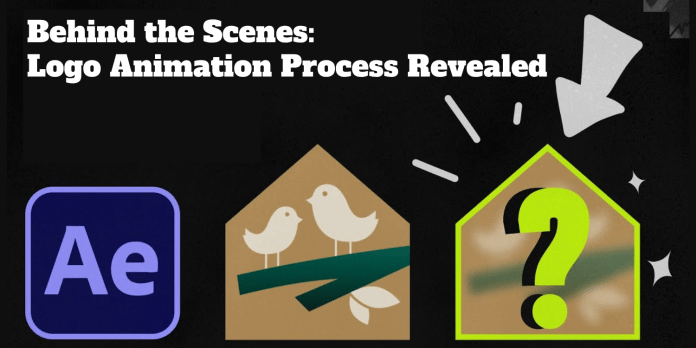The significance of a logo cannot be overstated. A logo serves as the face of a brand, encapsulating its identity, values, and vision into a single visual representation. With the rise of digital media and online presence, the demand for dynamic and captivating logos has surged. This demand has led to the emergence of logo animation as a powerful tool for brand communication and engagement. In this blog post, we will delve into the fascinating world of logo animation, unraveling the intricate process behind bringing a static logo to life.
Understanding Logo Animation:
Logo animation services involve adding motion and interactivity to a static logo, transforming it into a dynamic and engaging visual asset. This animation can range from subtle movements to elaborate sequences, depending on the brand’s preferences and objectives. The primary goal of logo animation is to enhance brand recognition, captivate the audience, and convey the brand’s message effectively.
The Logo Animation Process:
Discovery and Conceptualization:
The logo animation process begins with a thorough understanding of the brand, its values, target audience, and messaging goals. This phase involves brainstorming sessions, research, and discussions with the client to gather insights and ideas. Once the objectives are defined, the creative team explores various conceptual approaches to bring the logo to life through animation.
Storyboarding:
With the concept in place, the next step is to create a storyboard outlining the sequence of events and key moments in the animation. Storyboarding helps visualize the flow of the animation and ensures alignment with the brand’s narrative. It serves as a blueprint for the animation process, guiding the animators in executing the vision effectively.
Design and Animation:
Once the storyboard is approved, the design and animation phase begins. This involves breaking down the logo elements into layers and creating vector-based assets for animation. Animators utilize specialized software such as Adobe After Effects, Cinema 4D, or Blender to bring the logo to life. They apply various techniques such as keyframing, motion paths, and effects to animate the logo according to the storyboard.
Sound Design:
Sound plays a crucial role in enhancing the impact of logo animation. Sound effects, music, or even a subtle audio cue can complement the visual elements and create a memorable experience for the audience. During this phase, sound designers work closely with the animators to synchronize audio elements with the animation, ensuring seamless integration and maximum impact.
Feedback and Revisions:
Once the initial draft of the logo animation is ready, it is presented to the client for feedback and revisions. This stage involves gathering input from stakeholders, incorporating any requested changes, and fine-tuning the animation until it aligns with the client’s vision and objectives. Iterative feedback loops ensure that the final animation meets the highest standards of quality and effectiveness.
Delivery and Implementation:
Upon approval, the final logo animation is rendered in the appropriate format for distribution across various channels and platforms. Whether it’s for a website, social media, video content, or presentations, the animated logo is delivered in formats optimized for seamless integration and playback. The creative team may also provide guidance on best practices for implementing the animation to maximize its impact and reach.
Key Considerations in Logo Animation:
Brand Consistency: The animation should reflect and reinforce the brand’s visual identity, ensuring consistency across all touchpoints and communications.
Simplicity and Clarity: Effective logo animation relies on clear and concise storytelling, avoiding clutter or excessive visual elements that may distract or confuse the audience.
Versatility: The animated logo should be adaptable to different contexts and screen sizes, retaining its impact and readability across various devices and platforms.
Audience Engagement: The animation should evoke emotion, capture attention, and leave a lasting impression on the audience, driving engagement and brand recall.
Conclusion:
In conclusion, logo animation is a dynamic and impactful way to bring a brand’s identity to life, captivating audiences and enhancing brand recognition. The process of logo animation involves careful planning, creativity, and collaboration between designers, animators, and clients. By understanding the intricacies of logo animation and following best practices, brands can leverage this powerful tool to create memorable experiences and foster deeper connections with their audience. As technology continues to evolve, the possibilities for logo animation are limitless, offering endless opportunities for brands to stand out and make a lasting impression in the digital landscape.


